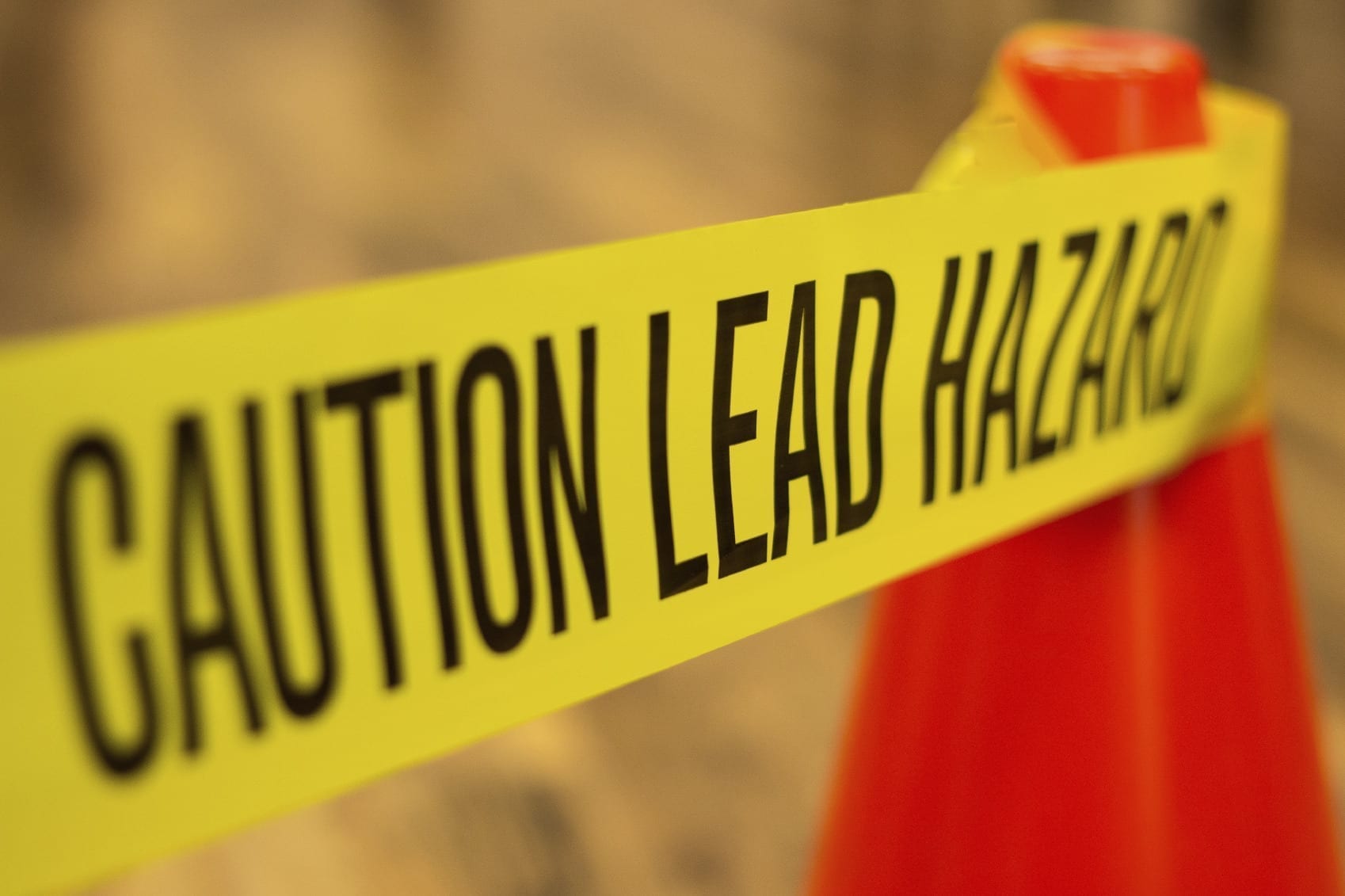Many are aware that using lead paint in any way has been banned since 1978. However, some might be surprised to learn that, despite the ban, lead paint continues to pose a danger to “tens of millions of U.S. Homes.” How so? Well, because so many homes in the U.S. were built before the ban, a lot of them still have lead paint on their walls. In fact, according to the Environmental Protection Agency (EPA), “more than 87 percent of homes built before 1940 in the U.S. have lead paint,” leaving millions of people “vulnerable to lead exposure.”
Many are aware that using lead paint in any way has been banned since 1978. However, some might be surprised to learn that, despite the ban, lead paint continues to pose a danger to “tens of millions of U.S. Homes.” How so? Well, because so many homes in the U.S. were built before the ban, a lot of them still have lead paint on their walls. In fact, according to the Environmental Protection Agency (EPA), “more than 87 percent of homes built before 1940 in the U.S. have lead paint,” leaving millions of people “vulnerable to lead exposure.”
Why is lead exposure so dangerous? For starters, the EPA considers lead poisoning to be “the single greatest environmental health threat to children ages 6 and younger in this country.” It’s such a threat that we have an entire week dedicated to raising awareness about the dangers of lead poisoning. Wondering what some of the dangers are? According to Michael Hansen, Ph.D., “adults are susceptible to lead poisoning, but children have a higher sensitivity to lead and are most vulnerable.”
He added, “lead can damage most systems in the body, including the brain and nervous system, and even low levels can cause behavioral and learning problems. Both the CDC and EPA have stated that there are no safe blood lead levels in children, so exposure should be minimized.” Hansen works for Consumer Reports as a senior scientist. Some of his previous work includes “testifying before government committees on environmental health issues.”

Oftentimes people are exposed to lead via lead dust that gets kicked up “during home repairs and remodels.” Because of this, homeowners “embarking on a major renovation of a home built before 1978” should exercise caution by assuming that lead is present in the home. As an added safety precaution, professionals hired to work on home renovations and remodels are required to “follow the EPA’s Lead Renovation, Repair, and Painting Rule, which is meant to ensure that any harmful dust will be properly contained.” If you’re not hiring a professional, there are DIY lead test kits available and certified professionals can be contacted at state and local agencies by calling 800-424-LEAD.
It’s not just the paint on walls that can pose a hazard in terms of lead poisoning. Drinking water is “another potential source of lead poisoning…in homes with lead plumbing.” An effective safeguard against contaminated water is using a water filter. As an added bonus, there are many filters on the market to suit virtually every budget. From more affordable options like $15 carafes to more “sophisticated reverse-osmosis systems that cost more than $1,000 to purchase and maintain,” there really is an option for every household.
More information about lead exposure, risks, and prevention methods can be found on the CDC and EPA websites.
Sources:
Lead Paint Still Poses a Safety Risk for Millions of Americans


Join the conversation!